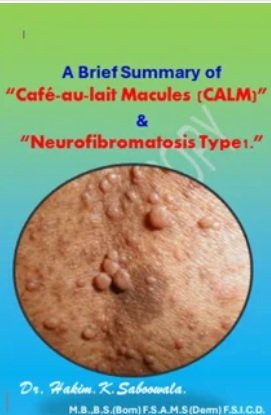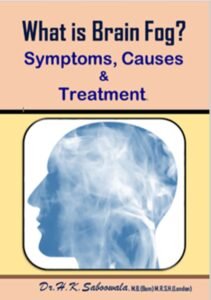For Medical Professionals, Paediatricians, Dermatologists, and Curious Minds
Introduction:
One of the simplest skin findings can be a breakthrough clue to a deeper genetic disorder. Café-au-lait macules NF1 are flat, light-brown skin patches that may be the first visible sign of Neurofibromatosis Type 1 (NF1).
This concise overview highlights how Café-au-lait macules CALMs relate to NF1, aiding clinicians in early, life-changing diagnoses.
“In a 2023 clinical study involving 120 children diagnosed with NF1, over 85% presented with café-au-lait macules before age 5 — making CALMs a reliable early clue when screening high-risk pediatric cases.”
1. What Are CALMs and Why Do They Matter?
- Flat, evenly pigmented light-brown skin patches
- May appear at birth or during early childhood
- Often benign, but six or more can indicate NF1
2. CALMs as Clues to Neurofibromatosis Type 1 (NF1)
Café-au-lait Macules NF1 is a genetic condition caused by mutations in the NF1 gene, affecting 1 in 3,000 births. Skin changes, especially multiple CALMs, are often the earliest indicators, long before neurological or skeletal symptoms appear.
“Café-au-lait Macules NF1 serve as an important dermatological clue for pediatricians and geneticists.”
3. Key Diagnostic Criteria (NIH)
NF1 diagnosis is likely if any two or more of the following are present:
- 6+ CALMs (>5mm in kids, >15mm in adults)
- Freckles in underarm or groin
- 2+ neurofibromas
- Optic glioma
- Lisch nodules (iris)
- Bone abnormalities
- First-degree relative with NF1
4. Early Action Benefits Spotting CALMs early allows:
- Genetic confirmation and family counseling
- Surveillance for tumors, learning challenges, vision issues
- Long-term, multidisciplinary care
5. Quick Tips and measure any CALMs
- Refer for genetic and neuro evaluations when suspicion is high
- Inform caregivers if CALMs increase or cluster
6. Can CALMs Appear Without NF1?
Not all café-au-lait macules indicate NF1. Single or few CALMs can be benign. However, when multiple macules are present, especially with axillary freckling or neurofibromas, further evaluation is essential.
Conclusion:
Café-au-lait macules in NF1 are more than just pigmented lesions—they are a silent signal of one of the most common neurocutaneous syndromes.
Spotting them can help initiate early genetic counseling, monitoring, and therapeutic care—turning a simple skin sign into a lifesaving clinical tool.
Want to Learn More? Explore the full eBook:

“Café-au-lait Macules & NF1: Clinical Insights for Early Diagnosis”
By Dr. H. K. Saboowala M.B.,B.S.(Bom. Univ.), M.R.S.H.(London), F.F.M.(UK)
Get it at: https://drhakimemedivault.com

Scan “QR Code” linking to more eBooks collection.
Medical Review.
“An efficient and clear explanation of CALMs and NF1. A must-read for early diagnostic cues.”
— Dr. A. Mehra, MD (Neurogenetics Consultant)
Thank You Note.
With appreciation, Dr. H. K. Saboowala M.B.B.S. (Bom), M.R.S.H. (London), F.F.M. (UK)


